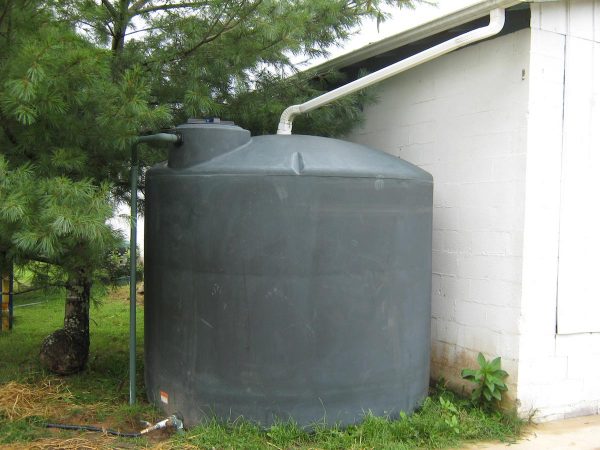The Pentagon has recently announced that it will be moving sensitive and important communications equipment to nuclear-hardened Cold War facilities to protect against electromagnetic pulse events that could occur naturally, from sun bursts, or from overhead detonations of a nuclear weapon.
As reported by Agence France-Presse (AFP), the gear is being moved back to Cheyenne Mountain, a hardened base operated by the North American Aerospace Defense Command (NORAD) and U.S. Northern Command (USNORTHCOM). The facility scans for missile launches and aircraft entering U.S. airspace.
The shift back to Cheyenne Mountain — located in Colorado — is not something that the Pentagon has undertaken on a whim; according to AFP, the Defense Department has inked a $700 million contract with Raytheon Corporation to get the job done. Such decisions usually follow analyses based on intelligence estimates. In other words, if the Pentagon didn’t feel it was necessary to move the sensitive comms back to Cheyenne Mountain, especially in an era of military budget cuts, the move wouldn’t be made.
“I’m not at liberty to discuss who’s moving in there”
The head of NORAD and Northern Command, Navy Adm. William Gortney, said that, “because of the very nature of the way that Cheyenne Mountain’s built, it’s EMP-hardened.”
“And so, there’s a lot of movement to put capability into Cheyenne Mountain and to be able to communicate in there,” Gortney said in a question-and-answer session with reporters.
“My primary concern was… are we going to have the space inside the mountain for everybody who wants to move in there, and I’m not at liberty to discuss who’s moving in there,” he said.
Cheyenne Mountain’s bunker was carved into a mountain in the 1960s; it is a half-acre complex that is designed to withstand a nuclear attack. Inside the massive complex, Air Force personnel monitor airspace and are poised to send warnings that could potentially trigger a U.S. nuclear response.
However, in 2006, the Defense Department moved NORAD and USNORTHCOM to Petersen Air Force Base in Colorado Springs; at the time, the Cheyenne facility was re-designated as an alternative communications site if needed.
Somebody has obviously decided that, once again, it is needed.
At the time that the center was moved to Petersen, officials said it was necessary as a means of boosting efficiency, even though hundreds of millions of dollars’ worth of improvements and modernization at Cheyenne took place following the 9/11 attacks.
Now, the Pentagon is moving back.
“A lot of the back office communications is being moved there,” one defense official told AFP.
Concern about an EMP incident, either from a massive solar flare or due to an attack with nuclear weapons, has been an increasing concern among U.S. officials and lawmakers the past couple of years. In June 2013, we reported that a group of Republican lawmakers were pushing a plan to protect the nation’s electrical infrastructure from an EMP attack or massive solar flare.
EMP likelihood rising?
A year later, Peter Vincent Pry, the executive director of the Task Force on National and Homeland Security and director of the U.S. Nuclear Strategy Forum — both of which are congressional advisory boards — said improving our technology to avoid an EMP disaster was both financially feasible and extremely necessary in order to protect Americans.
“The problem is not the technology,” Pry said. “We know how to protect against it. It’s not the money, it doesn’t cost that much. The problem is the politics. It always seems to be the politics that gets in the way.”
“If you do a smart plan — the Congressional EMP Commission estimated that you could protect the whole country for about $2 billion,” Pry told Watchdog.org. “That’s what we give away in foreign aid to Pakistan every year.”
He estimated that, within the first few minutes of an EMP incident, as many as 500,000 Americans could die.
AFP further reported that Raytheon’s work includes improvements to facilities at Offutt Air Force Base in Nebraska and Vandenberg Air Force Base in California.
Sources:
http://news.yahoo.com
http://www.naturalnews.com
http://watchdog.org





























